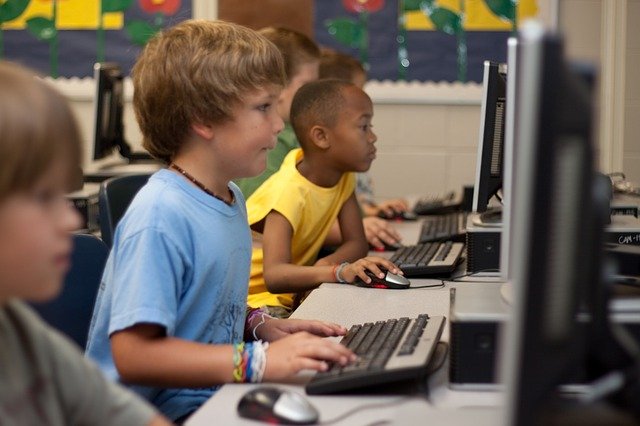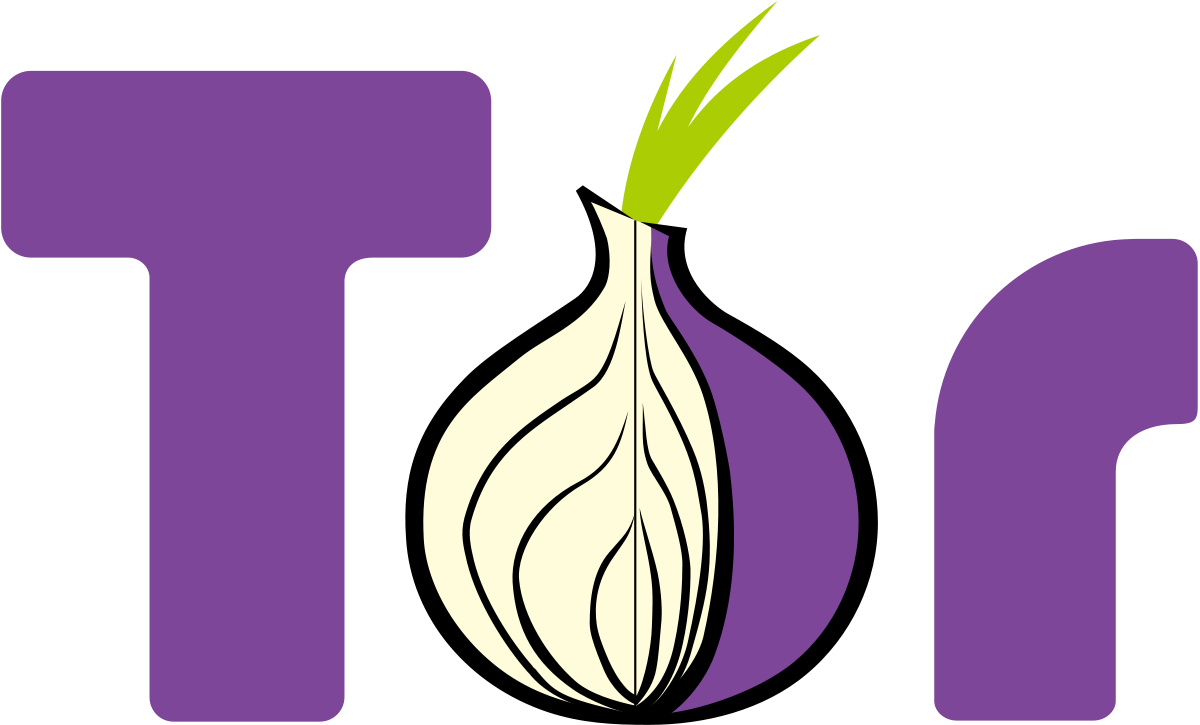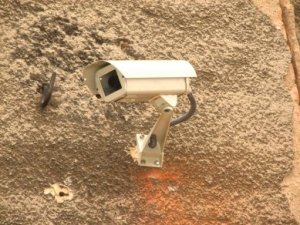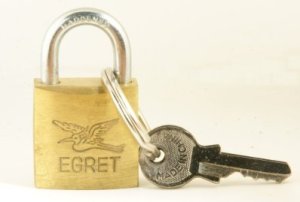
Keeping students safe in a world of technology, and where students are spending increasing time engaging with technology, and even learning via technology, is very important. As I have written in the past, this is also becoming increasingly difficult. Back in March 2021 I wrote about how internet filtering, something that was easy when I started out on my teaching career, is now far from easy and verging on no longer possible (Internet Filtering, March 2021). As such, I suggested that internet filtering can now no longer be considered as a distinct action schools should take in terms of safeguarding, instead needing to be treated as one part of a larger process encompassing a number of stakeholders and actions, all taking within a risk management, rather than compliance framework.
In June I re-emphasised the above in my post, Keeping students safe in a digital world. This time my focus was on Virtual Private Networks (VPNs) and the implication of students being exposed to TV marketing on the use of VPNs to maintain privacy. My concern was that this would drive some students to using free VPNs where the safety and security of data may not be as certain as the apps suggest. It would also serve to make it more difficult for schools to monitor student online activity in the interests of safeguarding.
Since the above June post Apple have held their Developer Conference. Apple, like a number of other device or software vendors are being very “privacy” focussed following recent high publicised incidents around the privacy of user data and some very well known services. With this, Apple decided to announce iCloud+ and their Private Relay functionality built into the iOS and providing VPN like functionality when browsing within Safari. This means “baked in” VPN functionality provided at the operating system level, on Apple Devices such as the iPad which are widely used in schools. Yet another challenge for online safety. Private Relay, a great facility for privacy but yet another blow for school IT and safeguarding teams seeking to keep students safe online. Now my hope is that there will be some ability to control this functionality using a Mobile Device Management (MDM) solution however for now this isnt possible, and I suspect it may only be possible on “supervised” devices rather than on Bring Your Own Device (BYOD) Apple devices. Only time will tell.
I often refer to a continuum, when speaking to sixth form students, existing between individual privacy on one side and public good and safeguarding as items on the other side. So for schools this is the privacy of the individual student versus the schools responsibility to keep students safe, and therefore to monitor and filter online activity. Currently the pendulum continues to move further towards the individual privacy side. I wonder if this will continue or if we will eventually see some balance restored. I also wonder whether, given the increasing ineffectiveness of the technical measures schools can put in place, do the guidelines in relation to safeguarding students online need to be re-examined.


 I had the opportunity to present at the Brighton ISC Digital EdTech summit during the week. My talk, “Common Sense Safeguarding” focussed on the need for schools to take a broad and more risk based view of online safety as opposed to the previous more compliance driven approach. Given the number and range of technologies students have access to and also the tools available to bypass protective measures put in place by a school, or even the ability to negate them totally through using 4G, online safety is no longer as simple as it once was. This therefore needs a broader view to be taken.
I had the opportunity to present at the Brighton ISC Digital EdTech summit during the week. My talk, “Common Sense Safeguarding” focussed on the need for schools to take a broad and more risk based view of online safety as opposed to the previous more compliance driven approach. Given the number and range of technologies students have access to and also the tools available to bypass protective measures put in place by a school, or even the ability to negate them totally through using 4G, online safety is no longer as simple as it once was. This therefore needs a broader view to be taken. I just heard about software to allow the easy setup of a website on the Dark Web with little technical knowledge required and no costs other than the requirement of an internet connection. Simple, easy and instantly anonymous.
I just heard about software to allow the easy setup of a website on the Dark Web with little technical knowledge required and no costs other than the requirement of an internet connection. Simple, easy and instantly anonymous. Have been given school based web filtering some thought recently with a particular focus on how lots of things in life are part of a continuum, where the polar opposite extremes are often viewed as what we want to achieve, or not achieve, yet are impossible to actually get to. We tend to end up achieving a position somewhere in the middle.
Have been given school based web filtering some thought recently with a particular focus on how lots of things in life are part of a continuum, where the polar opposite extremes are often viewed as what we want to achieve, or not achieve, yet are impossible to actually get to. We tend to end up achieving a position somewhere in the middle. Big brother is truly watching us. This week already I have read two articles in relation to devices we are now bringing into our homes to make life easier, however where there are other considerations which may be overlooked.
Big brother is truly watching us. This week already I have read two articles in relation to devices we are now bringing into our homes to make life easier, however where there are other considerations which may be overlooked. Technology has become an important part of the life we now lead. Social media, games consoles, smart phones and voice recognition systems like Amazon’s Echo are now all part of normal life. This technological change has brought many benefits however there are already some indications of the implications of technology use.
Technology has become an important part of the life we now lead. Social media, games consoles, smart phones and voice recognition systems like Amazon’s Echo are now all part of normal life. This technological change has brought many benefits however there are already some indications of the implications of technology use.